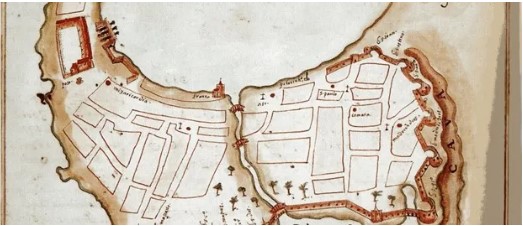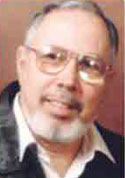“TRAMCAR-TESTIMONY” – by Des Kelly

Yet another chunk of ‘memory-magic’, coming to all e’Lanka readers around the world, courtesy of Charles (Charlie) Schokman, a good friend of this writer. Charles & his dear wife Claudette have also been residents of Melbourne for quite a long while now, and, like me, stop sometimes to reminisce about our younger years, spent in the Country that is referred to simply as “Our lovely Island home”.
A big part of our precious memories would have to be about travelling around the Ceylon we knew. The old CTB buses, the trains, the taxi-cabs we used (less often), and also the trams, about which this ‘testimony’ is written.
Thank you Charles, & e’Lanka’s regards go out to you & the family.

Desmond Kelly
(Editor-in-Chief) e’Lanka.
Vignettes of Colombo: Some Place Names & the Tramcar – by Vinod Moonesinghe
Source:Thuppahis
I read this article with much interest and would like to include my experience commuting in a Tramcar in the early 1950’s
I used to board a bus from Dematagoda Junction (owned by magnate B.J.Fernando) to Borella and then commute by tram on my way to work. This was in the 1950’s and it took me about an hour.
As I reflect, I remember passing St Lukes Church (Anglican) on my right and on my left a Catholic institution. A main stop was at Punchi Borella which gave access to St Paul’s Church Kynsey Road, The General Hospital, The Nurses Quarters, the Eye Hospital, the Baptist Church and Lipton Square. This area was known as Cinnamon Gardens.
Continuing my journey it took me through the crowded area of Maradana thats built up on either side with furniture and clothing shops and M.D. Gunasena, the popular and only second-hand Book Shop. The other landmarks were the Police Station & Barracks, the Railway Station, the Muslim Zahira College and the Elphinstone Theatre. (Incidentally, it was at this cinema that my dad took me to watch my first movie” Bright Eyes” featuring Shirley Temple and her song “ On the Good Ship Lollipop” still keeps ringing in my ears. That was in the late 1930’s when I was about 10 years old.) Just can’t imagine that almost 90 years have gone by.
Coming back to my journey there was a stop that lead to the Olympia Theatre, St Joseph’s College and McCullum Rd. Then as the tram proceeded it took a left turn near the Colombo Technical College and headed towards the crowded area of Pettah. The frequent sound of the driver’s bell could be heard as the tram crawled its way in the thick traffic. Situated in this area to mention a few places of interest was the Pettah Market, retail shops, the Fort Railway Station, the Gas Company and as the tram regained its speed it passed the Ceylon Telegraph Office, Cable & Wireless, Chamber of Commerce and Post Office. At last, I was happy to reach Prince Street, a stop away was my destination Walker Sons & Co Ltd, the place of my employment. On the opposite side stood the “Times of Ceylon” building and a side road that took you to the Y.W.C.A.
I well remember the two Burgher gentlemen mentioned- Mr. De Bruin (Kolikuttu) and Mr. Hills (Anamalu). They took their jobs seriously looking out for those without tickets and for the Pickpocketers, whilst Mr Owen Brace of the Salvation Army was liked by the regular commuters for his mannerism and wit. He later took up duties as the Caretaker of the Colombo Town Hall.
In 1948 Dr. N.M.Perera, the leader of the LSSP became the first Leftist Mayor of the Colombo Municipal Council to represent the Borella Ward. It was during his tenure of service that the Tramcars were done away with and replaced by Single & Double Decker Trolly Buses electrically driven. These vehicles were equiped with pneumatic tyres and caused less damaged to the roads. They were green in colour and travelling in these buses was very comfortable. The added advantage was that passengers could not get free rides as the automatic doors were controlled by the driver when starting off from a halt.
Sadly, this service was short lived and was discontinued in 1964 due to a Trolleybus strike, maintenance cost and the government policy decisions.
The nationalisation of private bus companies in 1958 led to the origin of the Ceylon Transport Board. This was during the time of Prime Minister S.W.R.D Bandaranaike. The Board was designed on the lines of London Transport and it acquired a fleet of reconditioned Single & Double Decker Buses from England to supplement its network of transport in the metropolitan areas.
I understand that now there are private own buses and vehicles that run in competition with the Ceylon Transport Board.
Above from Mr Charles Schokman







